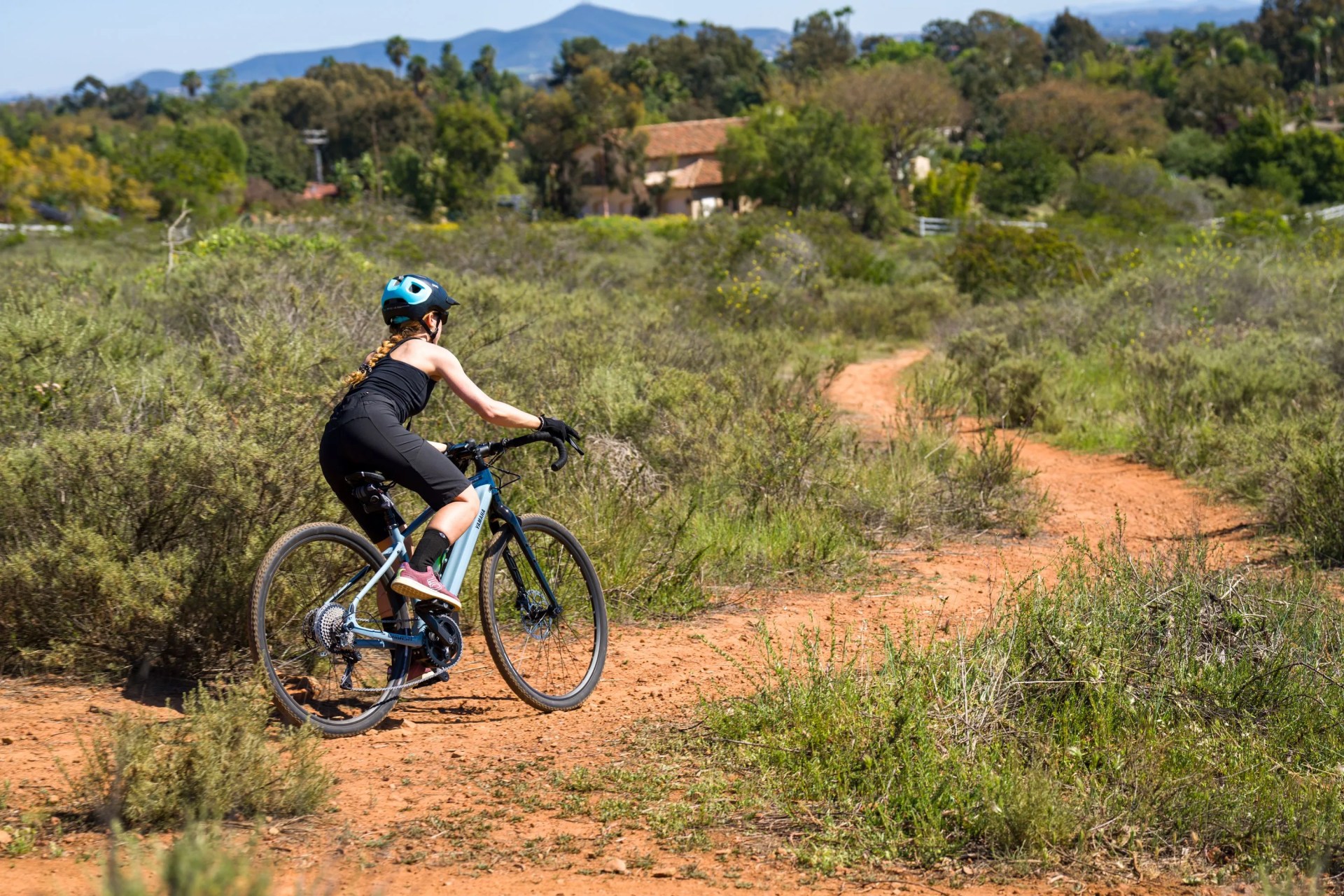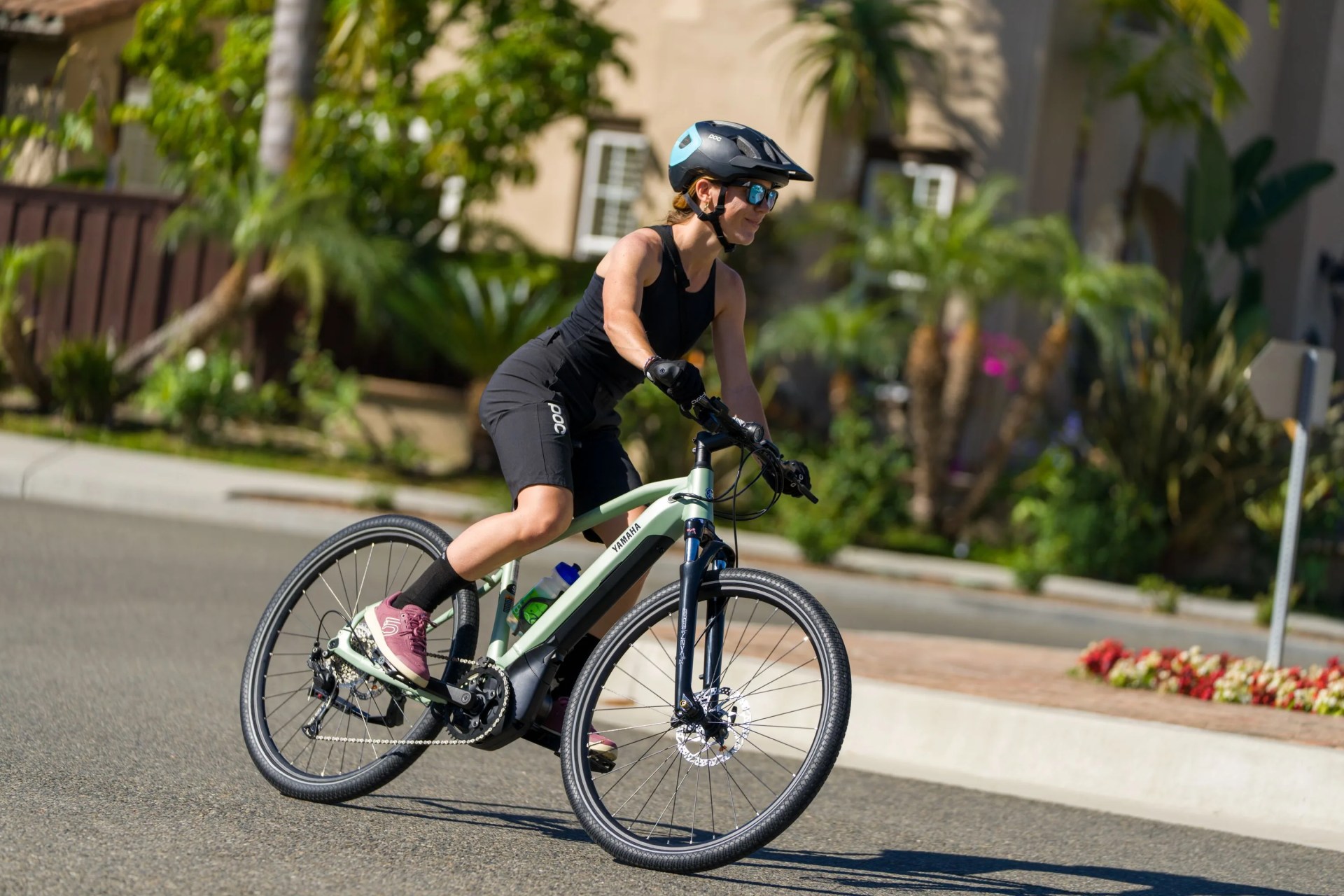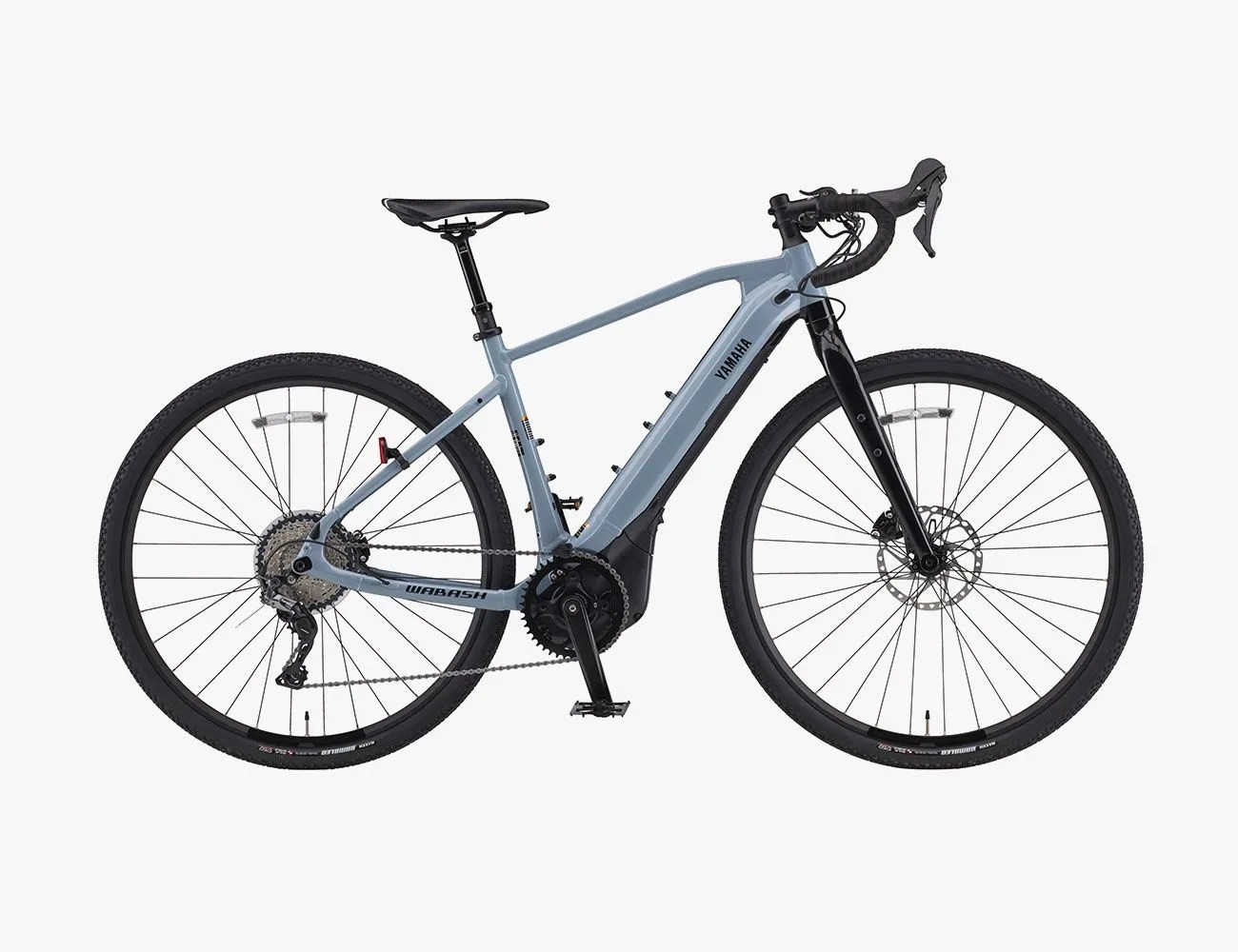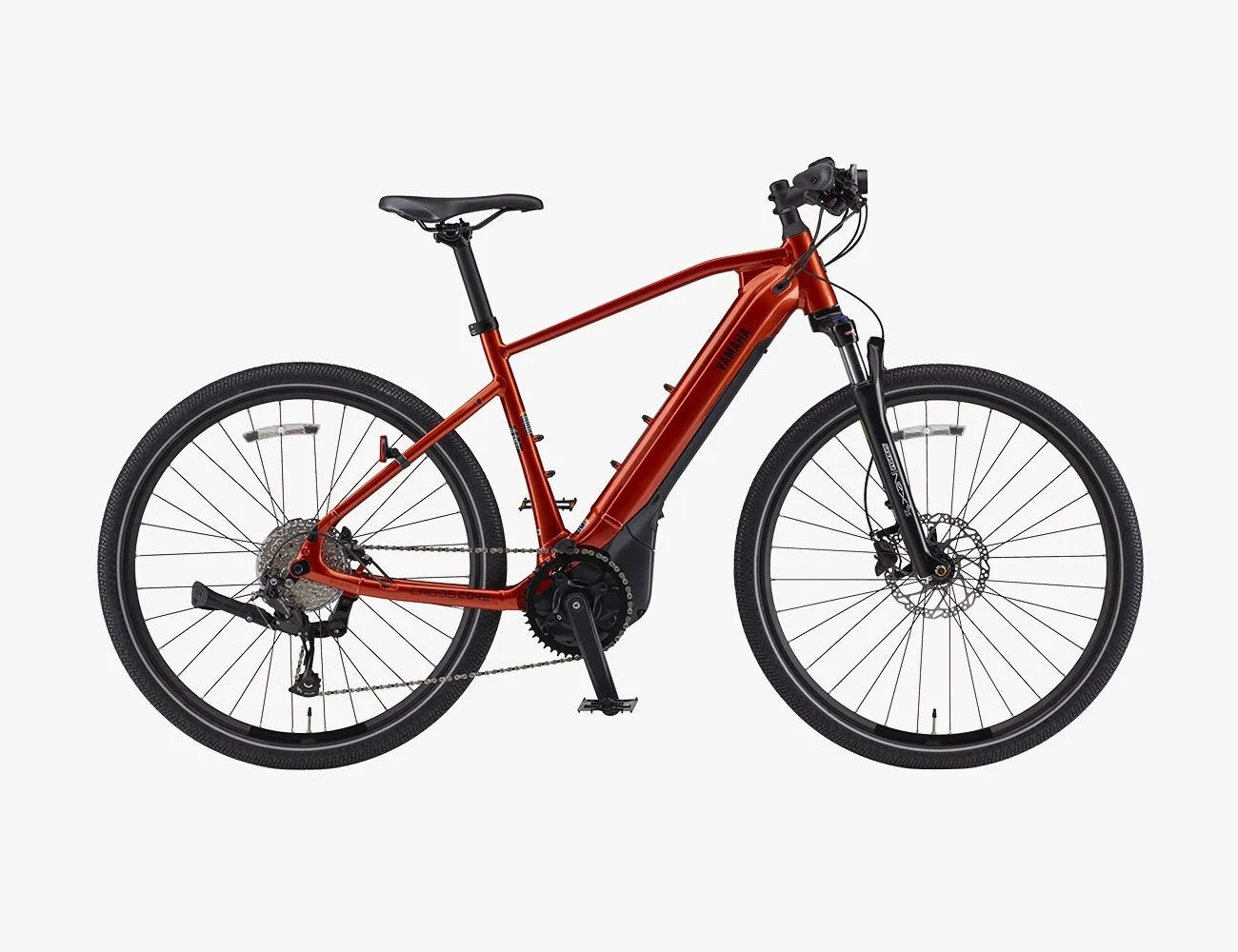There are a common few reactions electric bike riders get when they’re taking a ride: disdain and outright anger from the traditional cyclists who are struggling their way up hills as you breeze past; quizzical looks from car passengers who see you keeping pace with them in traffic; and joy from fellow e-bike riders, who will stop to wax eloquent about their chosen model, ask questions about yours, and commiserate in the benefits of slapping a motor on a bicycle.
It seems everyone’s got a strong opinion on electric bikes, whether or not they’ve taken one for a spin. But if you have decided to try one out, there’s an undeniable fact that can’t be ignored: electric bikes are fun. They open up the sport to more participants, and provide access to longer rides for those that haven’t built up their endurance, but want to see the world on two wheels.
In the spirit of innovating and perfecting their e-bikes, Yamaha has released two new models this spring: the Wabash RT and the CrossCore RC, both of which are updates to previous models. Yamaha invented the electric-assist bike way back in 1993, and has used its 29-years of experience to refine their models.
The Wabash RT and CrossCore RC address two of the fastest growing sectors in bicycling: gravel and commuter. “Built on Yamaha’s heritage as a pioneering leader in e-Bikes, the Wabash RT is made for paved and unpaved exploration and adventure, while the CrossCore RC redefines ‘commuting by bicycle’ and serves the growing fitness and transit e-Bike market, which grew by approximately 50-percent in the last year,” Drew Engelmann, Yamaha’s power assist bicycle group sales and marketing manager, says of the releases,
Updates to the bikes included adding a fourth sensor to the PWSeries ST drive unit on both bikes, which now measure torque, speed, number of rotations through pedaling and an all-new angle sensor that can tell through incline if the bike is going up or down hills. In an effort to maintain weight, the 500-watt-hour lithium-ion batteries stayed the same size, but they did get integrated into the downtubes, part of the new frame design of the bikes which optimizes geometry, frame rigidity and weight balance for each bike’s intended use.






